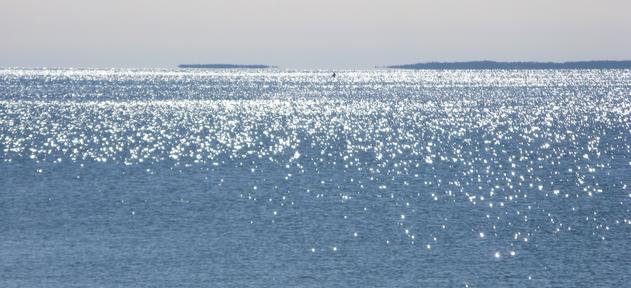In 2015 the Connecticut Council on Soil and Water Conservation was awarded ten million dollars from the Natural Resources Conservation Service, a branch of the US Department of Agriculture, to implement what has never been attempted in the New England states before — a multi-state, multi-agency effort to reduce nitrogen pollution from stormwater within the Long Island Sound watershed.

The Long Island Sound Watershed Regional Conservation Partnership Program (LISW-RCPP) focuses on private working lands to manage soil nutrient loss, protect non-industrial forest habitat, biodiversity, and drinking water sources, and stem erosion and thus improve resiliency on working lands through riparian restoration.
The Three Pillars of Conservation of the LIS Watershed
I. SOIL HEALTH AND NUTRIENT MANAGEMENT
III. FORESTS, BIODIVERSITY & SOURCE WATER PROTECTION